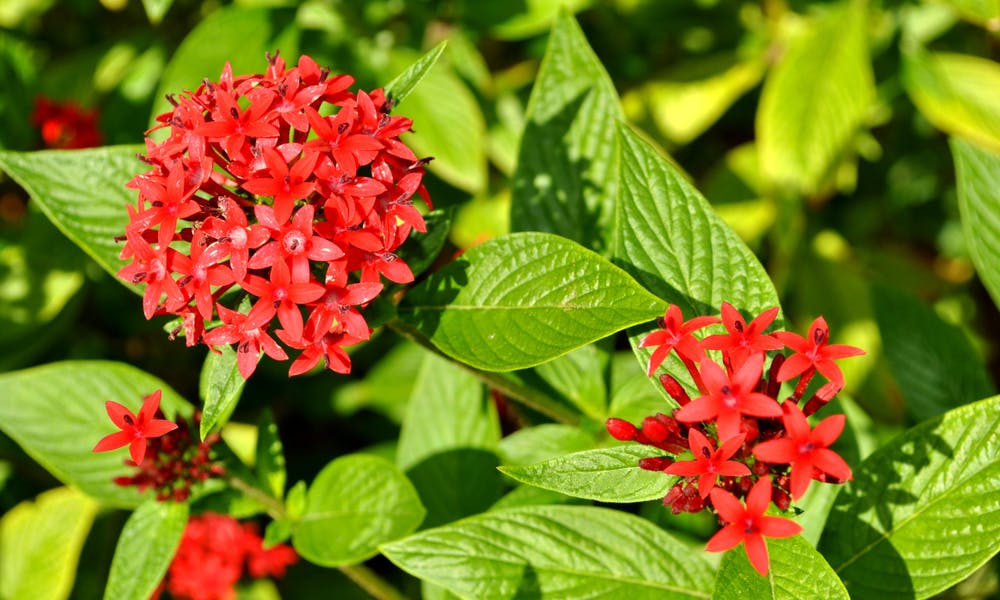MENU
Get Yourself a Trip by Planting Egyptian Flowers

Ancient Egypt is a wonderland. No previous civilization has captivated the minds of both experts and normal people like the Egyptians did. Its origins, religion and monumental architecture with the colossal temples, the pyramids, and the enormous Sphinx are full of mystery. The Egyptian pyramids are the most popular of all the antiquity monuments and the only one of the Seven Wonders of the Ancient World still standing.
Not only this but as you travel through Egypt, you can be pleased to see many wonderful aquatic plants blooming on the seashores, and often evocated in the ancient reliefs and drawings that adorn graves and temples. In this article, we are going to elaborate on the different kinds of blooms in Egypt as well as some of their meanings and significations, by following this order:
* What Is the Meaning of Nymphea Cerulea Flower?
* What Are the Characteristics of Cyperus Papyrus Flower?
* What is The Phragmites Australis Flower?
* Medicinal Plants of Pharaonic Egypt.
* Gardening in Egyptian Culture.
What Is the Meaning of Nymphea Cerulea Flower?
There are two types of Lotus in Egypt with blue or white flowers. The blue lotus flower vanishes underwater by night and shows themselves during the day. For the white lotus flowers, they move in the reverse cycle. The old Egyptians consider it “the first flower” with magical power, able to drive away from the evil forces and even heal snakebites. It is also largely present in the decoration of temples.
In Buddhism, the lotus flower is a symbol of Buddha. In the whole Indian World, there are many paintings, statues, and figures of the lotus flower. This is because of the unique nature of the lotus, as the only aquatic plant whose flowers are on top of the water, as opposed to the water lilies and other cousins that only float on the water. The lightness of the lotus flower standing over the surface of the water is the unique picture associated with Buddha.
What Are the Characteristics of Cyperus Papyrus Flower?
Papyrus or cyperus is a perennial plant with rhizomatous growth, mostly found in marshes and pond edges. It is similar to the grasses and the sedges. The evolution of papyrus begins with its roots, from which regularly spaced stems develop. The stems, whose length is variable, end in narrow and flexible falling leaves, arranged in a sustained green crown.
In the Pharaoh’s time, the papyrus was a sign of revival. When it was applied to injuries, it accelerated the healing of the wounds. The Egyptians also use it daily to make mats, cloths, shoes, baskets, and natural parchments too. Only growing in the Holy Nile, this plant also has a sacred function, which is why it was represented on temples and carried in during processions.
What is The Phragmites Australis Flower?
Being a tall grass plant that grows up to 2 meters high, the reed is one of the more abundant plants in the north-eastern part of the Nile River Delta. Once cut, its point called the “calamus” was dunked in ink to make writing. The flute recovered from the grave of Tutankhamun was also carved from the reed.
Locally, the common reed or phragmites australis is plentiful, forming large stands in wet areas. It is a large plant up to 2.50 m and more, which is spectacular for its loud ribbed leaves. In August, the large inflorescences appear with brown-violet spikelets, which turn pale brown when they mature. Its roots are traceable like bamboo roots. The shared reeds, or sometimes referred to as “broomsticks,” should be positioned away from built decors! The reeds, in swampy environments, constitute what is called reed beds, which shelter the ducks’ nests.
Medicinal Plants of Pharaonic Egypt
The pharmacopeia in antiquity Egypt was given in the medical papyrus. We can find that papyrus all the ingredients used back at that time. Fruits, flowers, herbs in general and medicinal plants were cultivated and given as offerings but also for the preparation of potions for medicinal purposes.
The medications used by the practitioners of this time may surprise you. Many of them have been called “repulsive.” This is, for example, the case of a vital prognosis test: “A (small) fragment of the placenta (…) crushed in milk (…) three days in a row…” (Source: Papyrus of the Ramesseum). However, some historical and pharmacological studies show us that these prescriptions could sometimes be useful, but their compositions might also correspond to magical and religious purposes.
Either fruits, legumes or medicinal herbs can represent the plant included in the medications. Various kinds of essential oils were mined. Many plants could be made into beers, kinds of vinegar, or wines.
Gardening in Egyptian Culture
In this country of black soil bordered by deserts, few trees such as few acacias and sycamores are rare. Grain crops take up all the productive land, due to a constantly kept network of dikes and channels, which led to a lack of plants and flowers in rural areas. For this specific reason, gardening became the only solution for blossoms to grow with the greatest care. Gardening is focused on a lake of lotus, papyrus, and heraldic plants of the lower and upper Egypt.
The gardens of Egypt are rigid, symmetrical and are in the style of the Egyptian culture, quite distinctive and unaffected by any external influences.
Pharaohs were perhaps the earliest to command the creation of gardens. The wonderful thing is that unusual exotic plants had a special place in them! In fact, in Africa, despite being the cradle of humanity, it is also true that gardening began in Egypt over 5,000 years ago. Gardens in these pharaonic gardens grew for different purposes such as decoration, healing, medicine, utilities, nutrition and even for gifts.

